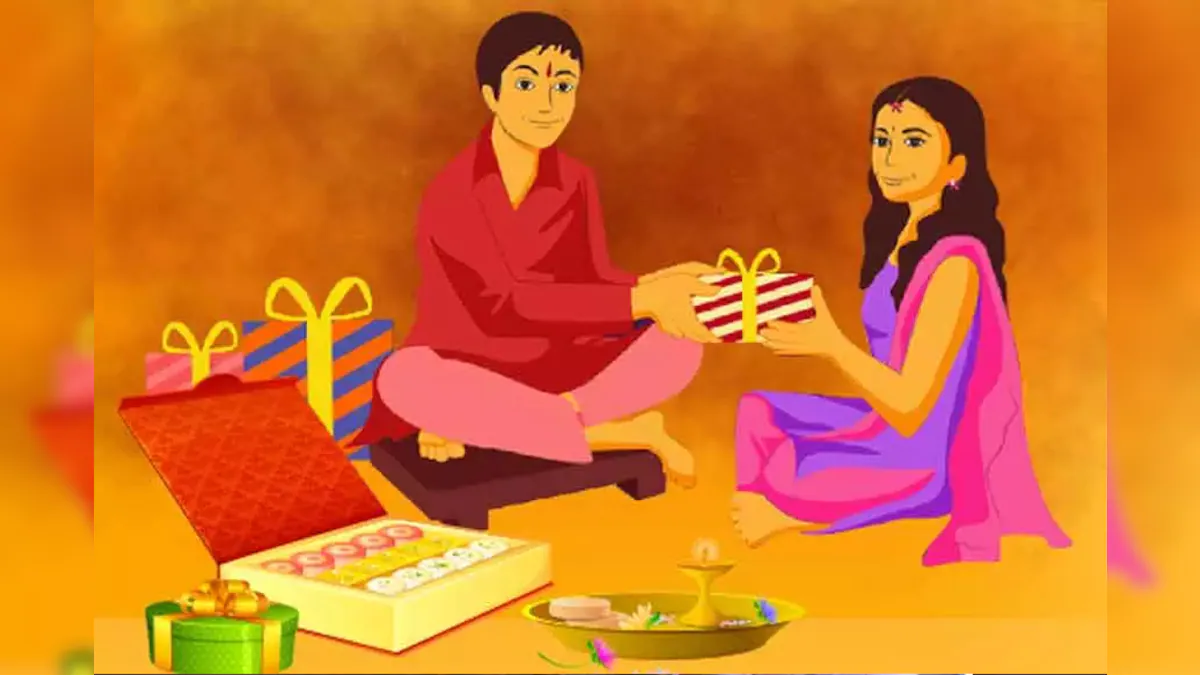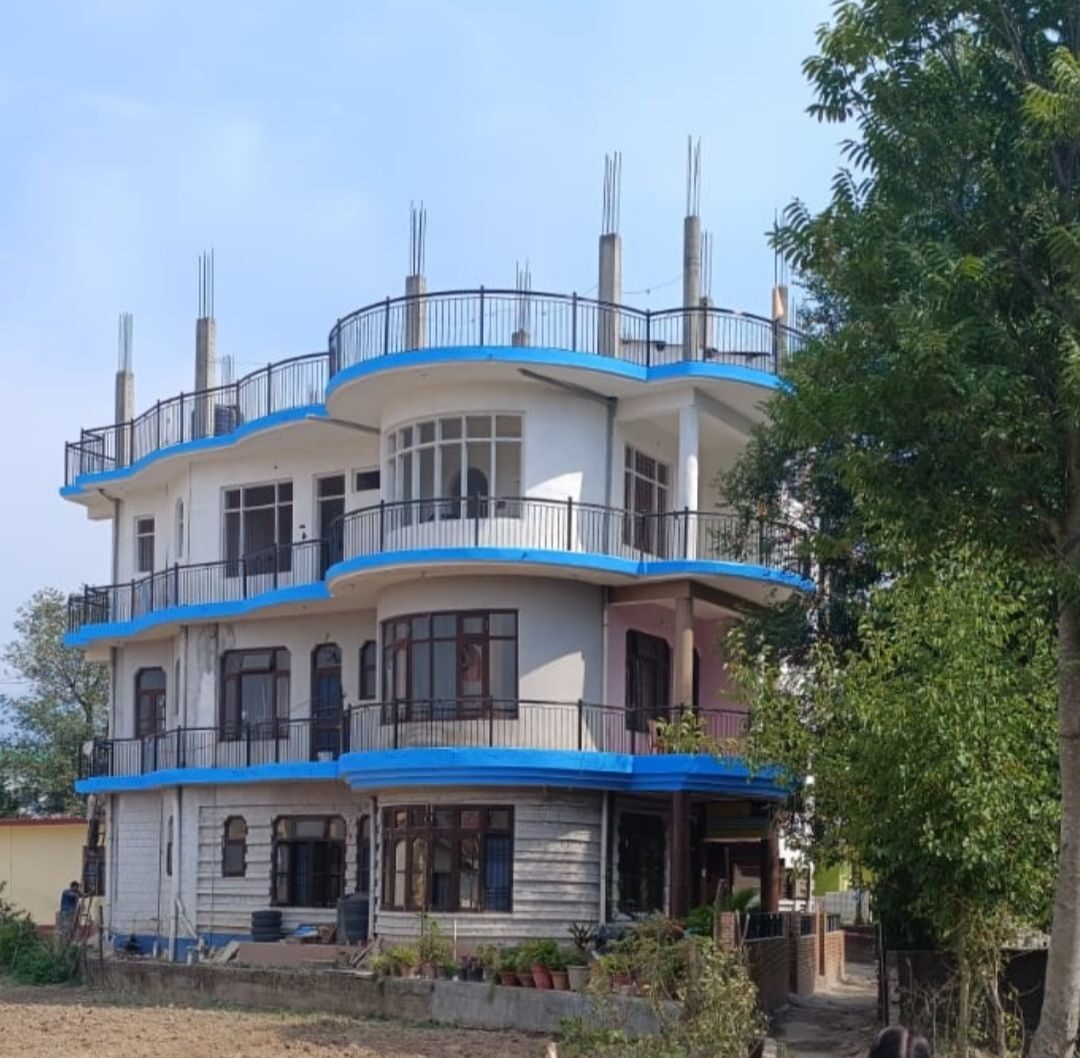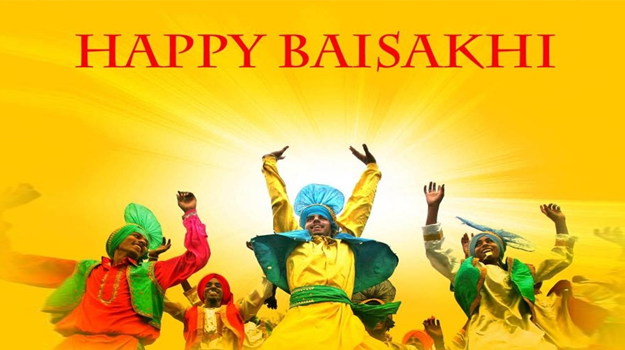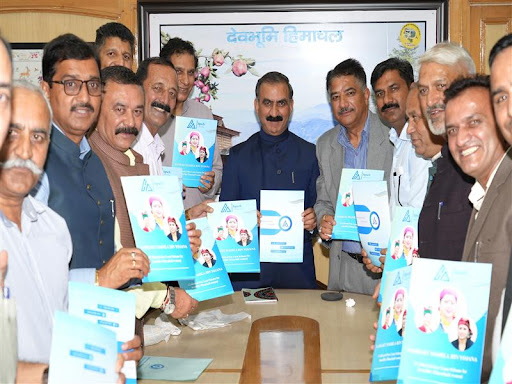Bhai Dooj|Bhau Beej: A Festival of Love and Companionship
Bhai Dooj marks the conclusion of the five-day Diwali celebrations and honors the bond between brothers and sisters. Bhau Beej (in Goa, Maharashtra, and Karnataka), Bhathru Dwithiya, Bhau-Deej, Bhai Phota (in Bengal), and Ningol Chakuba (in Manipur) are just a few of the many names it goes by across the country.


Hindus celebrate the everlasting love between a brother and a sister on Bhai Dooj or Bhau Beej. To deepen their link, Bhau Beej defines the enduring affection between siblings. Sisters pray to God for their beloved brother’s long life, good health, and success on this fortunate day.
The Fable of Bhai Dooj
The Lord Yamraj Tragedy
According to ancient mythology, Lord Yamraj (the deity of death) visited his sister Yamuna on the “Shukla Paksha Dwitiya” during the Kartik month of the Hindu solar calendar. She solemnly performed the aarti and put ’tilak’ on her brother’s forehead as a grand greeting. She offered the tasty food that she had specially made for Yamraj.
He then bestowed his blessings upon Yamuna in return. On this day, Lord Yamraj granted a boon promising that any brother who visited his sister would be granted the best health and fortune. Because of this, this day is also known as “Yam-Dwitiya.”
The Story of Lord Krishna
Another tale claims that Lord Krishna, after destroying the Demon King Narakasura, went to see his sister Subhadra on the second day following the new moon day. Like Yamuna had lavishly welcomed Lord Yamraj, Subhadra performed the aarti, placed a tilak on his forehead, and showered him with flowers.
The Rituals
In India, Bhai Dooj or Bhau Beej is observed right after Diwali. The sisters easily do the ceremonies. First, the numerous items—sandal, vermillion, betel nuts, flowers, and sweets—are arranged on a dish. It is primarily a Hindu ritual for the sister to do an aarti on the brother. The sister then places the tilak on the brother’s forehead while reciting a few hymns. Finally, they exchange good wishes for a long and healthy life before exchanging gifts. The ceremony is filled with great love and affection despite being brief and simple.
The Celebrations
- In different Indian states, Bhai Dooj is known by various names. The sister invites her brother to her home in West Bengal, in eastern India. She follows that by giving him a tilak and making him a lavish lunch. A modest family gathering eventually develops from it. In the state, people refer to the rite as Bhai Phonta.
- Bhao Beej is the name of the ritual in Maharashtra (West India). After the sister offers aarti and puts on tilak, the brother and sister exchange gifts.
- A unique tradition is practiced in Uttar Pradesh (North India), where the sister greets her brother with water and crystallized sugar cubes.
- The tradition in Bihar (East India) is a little different. The sister criticizes her brother first, offers an apology, and then complies with tradition.
- The occasion is known as Bhaghini Hastha Bhojanamu in regions of southern India.
New Trends that Make Bhai Dooj 2022 Special
Although the current generation has streamlined the process in their favor, grandparents and religious people still adhere to rigorous norms. Bhai Dooj is still celebrated for the same reason, although there have been changes in how it is celebrated.
Giving gifts on the joyous occasion of Bhai Dooj is a major hassle. But, like Lord Krishna, brothers show their sisters an abundance of gifts. So, likewise, sisters show their love and gratitude for everything their brothers do by giving them a gift.
You can easily make your sibling feel cherished with many online possibilities, like cakes, bouquets, grooming sets, cosmetic gift baskets, watches, and personalized gifts. You owe them a day without arguments, just respect and admiration.
Although brothers and sisters create their own Bhau Beej stories every year, this was the tale that Lord Krishna told concerning the festival. So, as you offer a prayer for an unending number of years to come and send each other good wishes for wealth, make this year special; make it count.
The festival, which brothers and sisters throughout India joyfully observe, is not only enjoyable but also represents spirituality. Therefore, we should all try to preserve the Hindu ritual alive and intact by maintaining a balance between the two.
We are prepared to continue these legendary ceremonies indefinitely with the guidance of our mentors and masters. This should also be the guiding principle. All that is required to make this day eternal and maintain the true essence of Bhai Dooj or Bhau Beej is a little ceremony, a little prayer, a lot of enjoyment, and a lot of gratitude.
You may also read – https://himachal.blog/diwali-celebration-2022-in-india-a-feast-of-joy/
Let's Know Some Interesting Facts About Bhai Dooj
- Its origins include the Hindi terms “Bhai” and “Dooj.” The term “Bhai Dhooj” comes from the Hindi words “Bhai” (brother) and “Dooj” (second day after the moon).
- It is observed in the Hindu month of Kartika during the Shukla Paksha.
- On the fifth or final day of Diwali, this festival signifies the conclusion of the festivity.
- After Vijaya Dashami, this is the second-most significant festival for the people of Nepal. This occasion is known as Bhai Tikain in Nepal.
- West Bengalis observe this occasion called Bhai Phota, during which the brother’s sister receives a Tilak and repeats a few mantras.
- This occasion is also known as Yama Divitiya in India because Lord Yama (the God of death) was said to commemorate it with his sister Yami.
- Another tradition holds that Lord Mahavira gained Moksha on this day many years ago.
- Every Maharashtrian household prepares “Basundi Poori,” a sweet delicacy, on this day.
- Every Bengali home enjoys “Khaja,” a crunchy, sweet delicacy coated in sugar syrup.
- People in Bengal put sandalwood paste and kajal paste, also known as Phonta, on their brother’s forehead. In contrast, others in the rest of India provide a paste of rice and sindoor.
- The Nepalese commemorate this festival by covering their brothers’ foreheads with seven different colors.
- These days, virtual tokens and e-cards are made accessible to grace this unique occasion and unite all the brother-sister relationships that are separated for various reasons.













